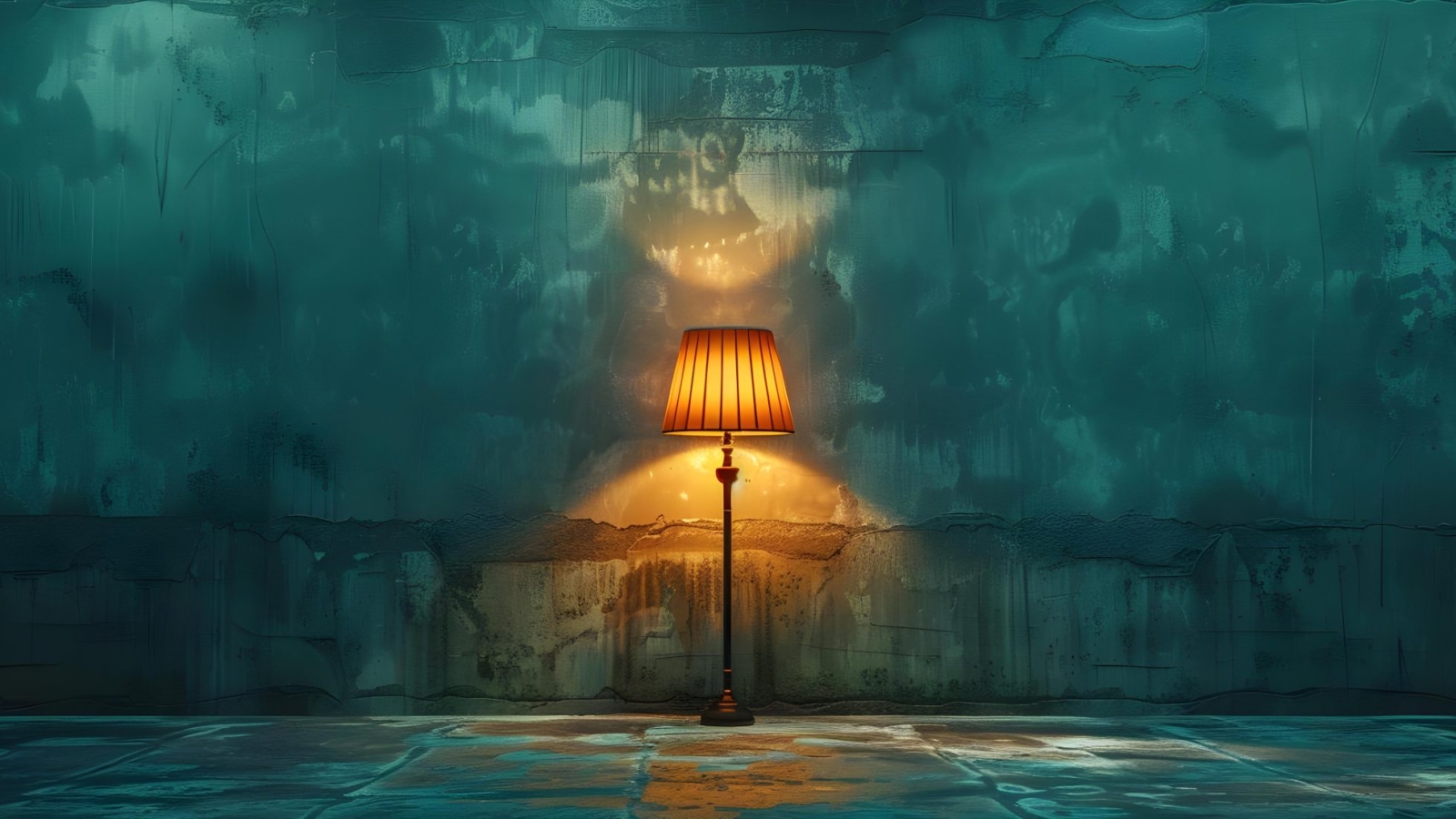Few pieces of modern design have achieved the timeless elegance and sculptural presence of the Noguchi lamp. Designed by the legendary Isamu Noguchi in 1951, the Noguchi table and floor lamps remain icons of mid-century modern design, celebrated for their harmonious blend of form, function, and artistry. Their simple yet striking construction—rice paper shades supported by elegant wooden bases—demonstrates how lighting can transcend mere utility to become a statement of aesthetic refinement. This blog explores fourteen instances where Noguchi lamps have taken center stage in interior design, proving their enduring allure and versatility in contemporary homes and commercial spaces alike.
1. Minimalist Living Rooms
In minimalist interiors, the Noguchi lamp serves as both a functional lighting source and a sculptural focal point. Its soft, diffused glow complements clean lines and neutral palettes, emphasizing calm and balance without competing with other elements. Placed beside a low-profile sofa or sleek lounge chair, the lamp enhances the room’s visual serenity.
2. Mid-Century Modern Classics
For enthusiasts of mid-century modern design, Noguchi lamps are a must-have. Their organic forms echo the era’s focus on simplicity, natural materials, and harmony between space and object. Positioned on a teak credenza or walnut side table, the lamp reinforces the warmth and sophistication of mid-century interiors.
3. Contemporary Elegance
In contemporary spaces, the lamp’s timeless silhouette bridges past and present. Its soft paper shade diffuses light evenly, creating ambiance in modern apartments or lofts with glass, metal, and concrete elements. The contrast between organic curves and sleek architecture underscores the lamp’s sculptural quality.
4. Artful Corners
Noguchi lamps excel in corners that demand subtle attention. A strategically placed floor lamp can illuminate an otherwise overlooked area while adding artistic intrigue. Whether next to a reading chair or a console table, the lamp transforms an unassuming space into an intentional design statement.
5. Boutique Hotels and Commercial Spaces
Luxury hotels and boutique commercial interiors often use Noguchi lamps to signal design sophistication. Their sculptural appeal enhances lobbies, guest rooms, and lounges, offering guests an experience that blends functionality with artistry. The lamp’s ability to complement diverse textures—from velvet upholstery to polished stone floors—makes it a versatile choice for curated environments.
6. Layered Lighting Schemes
The Noguchi lamp shines in layered lighting plans. Used alongside recessed lighting, pendant fixtures, or track lighting, it adds depth, warmth, and texture to a room. Its indirect illumination softens shadows and creates a welcoming ambiance, demonstrating that well-designed lighting is as much about mood as it is about visibility.
7. Office and Study Spaces
Even in work-focused environments, the lamp’s sculptural elegance elevates the space. On a minimalist desk or shelf, it provides gentle illumination without glare, blending practicality with aesthetic appeal. Designers often use it to inject warmth and artistry into otherwise sterile office interiors.
8. Gallery-Style Interiors
Noguchi lamps frequently appear in gallery-style homes and exhibition spaces. Their artistic form harmonizes with artwork, sculpture, and modern furniture, reinforcing the concept of lighting as a design object. In such settings, the lamp becomes part of a visual narrative rather than a background accessory.
9. Bold Color Accents
Though most Noguchi lamps feature natural wood and white paper, contemporary iterations with colored bases or shades allow them to act as subtle statement pieces. A pop of color can complement upholstery, rugs, or wall art, offering a sophisticated yet playful twist on the classic design.
10. Outdoor-Inspired Interiors
For interiors that incorporate natural textures—stone walls, wooden floors, and woven textiles—the lamp’s organic curves and soft glow amplify the sense of connection to the natural world. Its form harmonizes with earthy materials, making it a versatile choice for spaces seeking tranquility and balance.
11. Bedroom Ambiance
In bedrooms, the soft illumination of a Noguchi table lamp creates a serene, calming environment. Positioned on a nightstand, it provides sufficient reading light while contributing to a warm and inviting aesthetic. Its sculptural presence ensures that even functional furniture arrangements feel carefully curated.
12. Layered Texture Play
Designers often use Noguchi lamps to juxtapose textures—pairing the delicate paper shade with concrete, leather, or metal surfaces. This interplay highlights the lamp’s subtle beauty and emphasizes contrasts that elevate the overall design language of a room.
13. Statement Pairs
Using two Noguchi lamps symmetrically on either side of a sofa, bed, or console table creates a sense of harmony and rhythm. This pairing reinforces their sculptural impact, demonstrating how repetition and balance can amplify visual interest without overwhelming the space.
14. Timeless Investment Pieces
Above all, Noguchi lamps are enduring investments in design quality. Their timeless aesthetic, high craftsmanship, and universal appeal ensure that they remain relevant across decades, easily adapting to changing trends and interiors. Whether in traditional, modern, or eclectic settings, they consistently elevate the sophistication and refinement of a room.
Conclusion
Noguchi lamps embody the intersection of art and functionality, proving that lighting can be more than mere illumination. Their sculptural elegance, soft glow, and timeless versatility make them invaluable in both residential and commercial design. By thoughtfully integrating Noguchi lamps into your interior spaces, you can achieve a sense of balance, sophistication, and enduring style—lighting your rooms while simultaneously highlighting the beauty of design itself.

